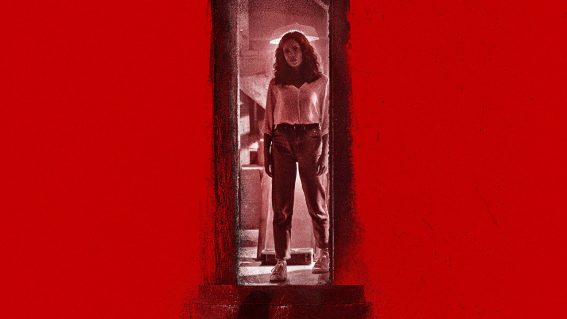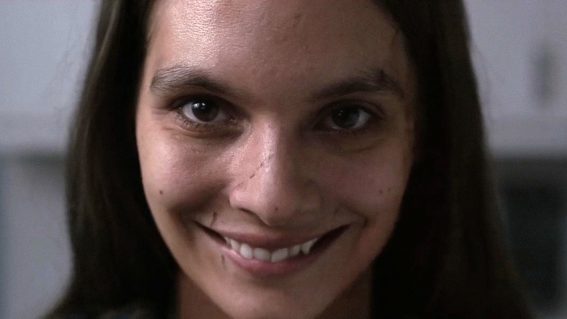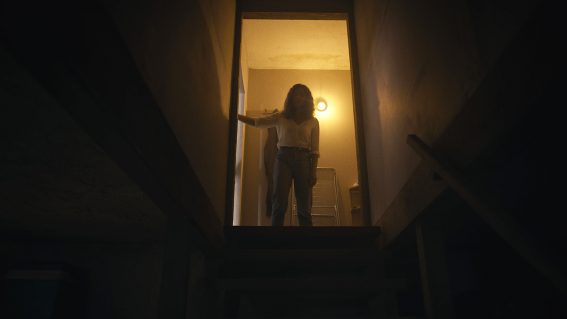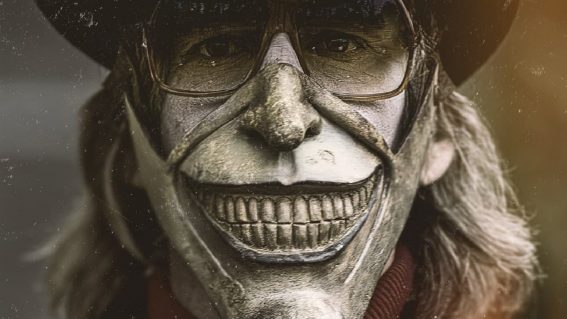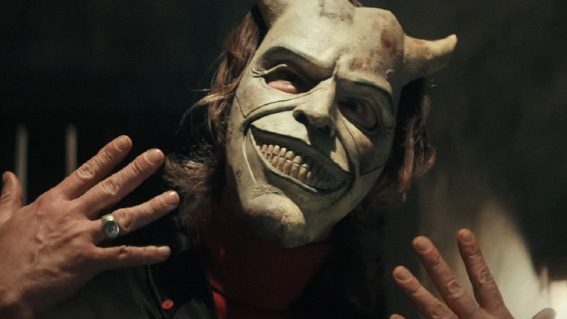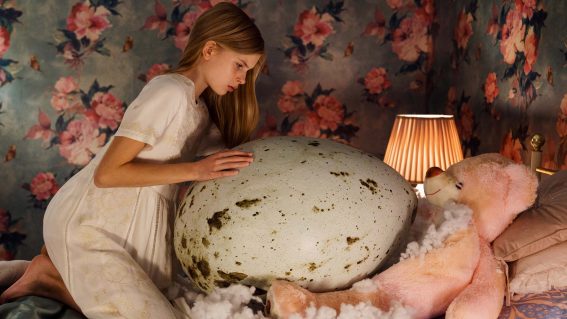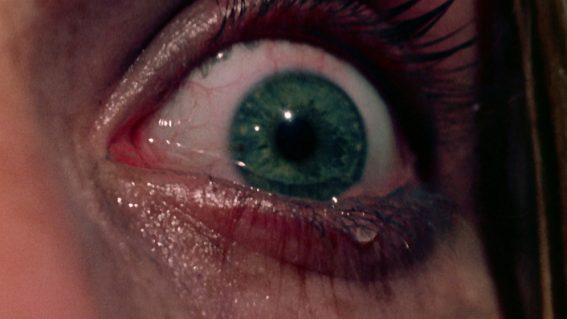The influences behind Jordan Peele’s shake-up of the horror genre
Like the great horror writers that come before him, Peele doesn’t just dramatise his fears, he investigates them.
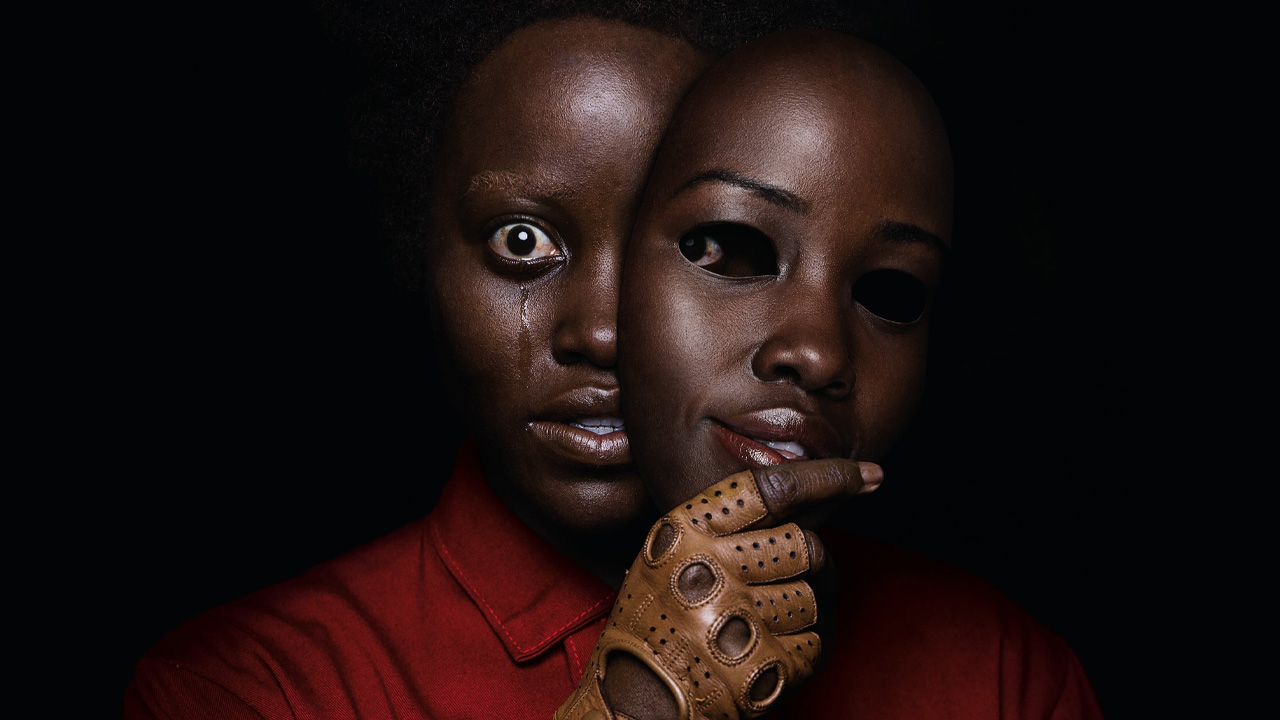
With Jordan Peele’s Nope remixing our ideas of certain close encounters, Rory Doherty looks at the influences behind the Oscar-winning filmmaker’s films and how they shake up the horror genre.
On a core level, Jordan Peele writes about what scares him: being trapped by sinister hosts, doppelgangers, the overwhelming unknown. Like the great horror writers that come before him, Peele doesn’t just dramatise his fears, he investigates them—he wants to understand the context, both culturally and personally, that defines these fears.
What do white American hosts want from a Black houseguest? What about a repressed copy of ourselves scares us? His films work because the unique way he overlays his horror influences redefines the fears that run through them. That, and they’re really, really fun.
Get Out
It’s hard to imagine a horror movie of the last ten years that felt as bracingly fresh as Get Out. An astonishing success for its tight budget (culminating in an Oscar for Peele’s screenplay, beating Michael McDonagh’s heavily favoured and more conventional Three Billboards), Get Out spoke about racism in a way that never felt pandering. It transplanted the emotion of real, terrifying situations—being a person of colour trapped in a dangerously prejudiced environment—into the stylisms of a horror film, reminding us how effective the genre can be for expressing what we often can’t articulate.
Get Out’s comedy influences define it as much as its horror ones. It’s been described as a scary version of the Sidney Poiter comedy Guess Who’s Coming to Dinner?, where a hospitable visit to a partner’s white family threatens to turn hostile, but here clashing social values are revealed in much grislier, horrifying methods. Additionally, the film’s title is dropped in Eddie Murphy’s Delirious set, where he vocalises the contemporary Black reactions to white-led horror films—they simply would not stay in these sinister houses.
But Peele himself has credited the film’s influences with the works of Ira Levin, specifically The Stepford Wives and Rosemary’s Baby, two stories about idyllic, middle-class homes harbouring something darker and repressive. Those stories made their horror about misogyny in “perfect” modernity, Peele made his about racism amongst those who think themselves progressive. It was 50 years since those stories of supposedly safe homes turning dark and violent were first told, Peele made his own feel like the genre had just been invented. It goes to show how exciting and thought-provoking a unique perspective can be on tried-and-tested genre archetypes.
Us
Peele’s follow-up is a much looser film, its social messaging lingering more in the background of your mind, germinating as you think over the implications of its doppelganger nightmare. A family’s Santa Cruz vacation causes the mother’s PTSD to resurface, before becoming personified in the red boiler suit-clad mimics that haunt their home.
A lot of doppelganger films stay within the confines of psychological drama, occasionally veering into horror and thriller territory, such as The Double or Enemy—they largely use genre filmmaking to express profound disorientation and psychological breakdown in their characters. Those that go for full horror, like both versions of Invasion of the Body Snatchers, speak to their contemporary time periods and the growing distrust and cynicism that plagued America—something Us continues with its treatise on an underclass of doppelgangers staging a violent revolt in response to being dejected and forgotten.
The doppelganger film focusing on female psychology is less common, but arguably richer. Anime film Perfect Blue and its unofficial copy Black Swan delve into the ways trauma and performance cause a profound alienation within the self, whereas the more whimsical Polish/French film The Double Life of Veronique has a lighter, more melancholic look at how having a double can better your existence, as one version of you suffers so the other doesn’t have to. Us draws on all of these themes, with a more electrifying genre spin—the “tethered” ensemble gives such unsettling, feral performances that their silhouette can be the most frightening thing about them. Less about a singular concept or value set than Get Out, Us turns Peele’s gaze to the myriad of ways we remain ignorant to the suffering of others in modern life.
Nope
As big as they come, Nope has launched into cinemas to throw heady ideas and resounding melancholy into Peele’s oeuvre. A family-owned Hollywood horse training ranch is the setting for strange encounters and other-worldly sightings—all brother and sister ranchers (Daniel Kaluuya and Keke Palmer) need is to prove that something is, in fact, out there, which requires the help of a tech support employee and an auteur cinematographer.
The influences of Spielberg’s Close Encounters of the Third Kind and The X-Files are clear in the hunt for extraterrestrial life in the American west. But parsing influences takes on a meta-quality seeing as how the entertainment industry is woven into the story itself with sitcom child stars, pushy assistant directors and a family-friendly amusement park. The corny eye-boggling sci-fi of Roger Corman’s style of low-budget genre fare, as well as the bigger-scale but equally corny ’50s sci-fi properties, must have been on Peele’s mind as he conceived the story.
But when it comes to the horror, what comes most readily to mind is another updating of ’50s speculative fiction: Spielberg’s War of the Worlds, which took hokey action sequences and injected them with pure, visceral terror, meshing the mechanical and organic to terrify the human victims of whatever descended from the sky. Nope is an ambitious next step for Peele’s reinvention of archetypes and meshing of genres—one that, in its reflexive look at cameras and viewership, seems aware we’re looking at it with this lens.











